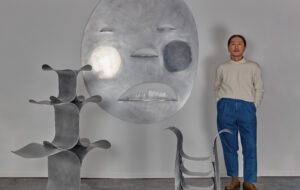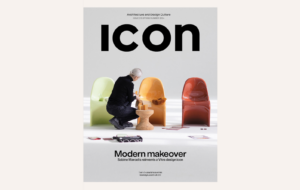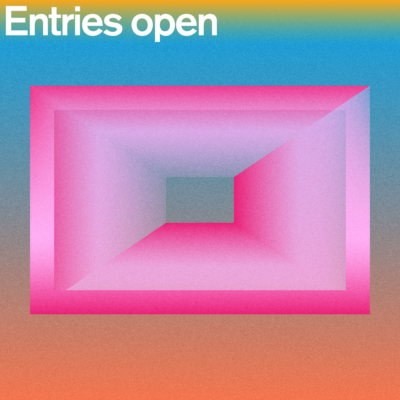
words Kieran Long
Peter Cook and Colin Fournier’s much-anticipated Kunsthaus Graz is about to open, in time to catch the end of the Austrian city’s tenure as European Capital of Culture 2003.
The building, which Fournier calls a “friendly alien”, contains 11,100sq m of black box exhibition space , inside an extraordinary blue bubble clad in acrylic glass, which is an ossified version of Cook and Fournier’s original conception of a blob that might change shape, moving to track the sun and respond to users and the surrounding environment. The “pin and the skin” is Cook’s way of describing the final project, with the narrow travelator access being the pin which delivers the visitor into the belly of the building.
The Kunsthaus has its roots in the architects’ work as members of Archigram, as does the active façade, which is another trace of a much more ambitious original idea that would have incorporated photovoltaics and sensors into the skin of the building. In fact, the double skin accommodates some servicing, and a grid of 930 standard 40w fluorescent lights beneath the purple acrylic glass carapace of the building. These bulbs, which can be individually controlled by a central computer turn the façade into a 45m-wide and 20m-high low-resolution grey scale display which is integrated with the complex double-curved façade.
This pixel-based system called BIX (from “big” and “pixel”) was developed by Realities:United, the Berlin-based operation most famous for its façade treatment of Renzo Piano’s KPN Headquarters building in Rotterdam. The skin will be used by the museum to communicate with the outside world, and will also be used as a medium for artists to work in. The designers of the façade call it a “lo-tech matrix for productions of media artists who engage themselves with work in the public realm.”
This media façade also reflects one of the major themes of the institution, which has no permanent collection, but aims to foster work in digital media through hi-tech facilities, a “media laboratory” and an artist in residence programme, along with more conventional exhibition space.
The opening exhibition at the Kunsthaus will be Einbildung, opening on October 25, and includes work by Olafur Eliasson, Ellsworth Kelly and Bridget Riley.




















